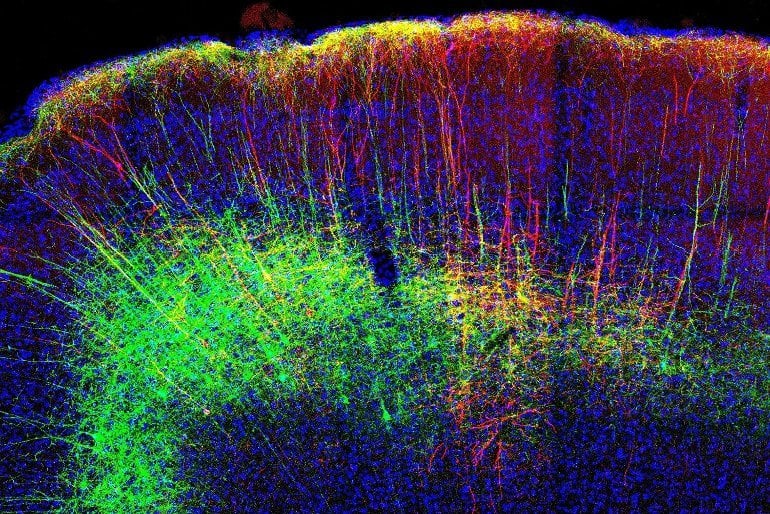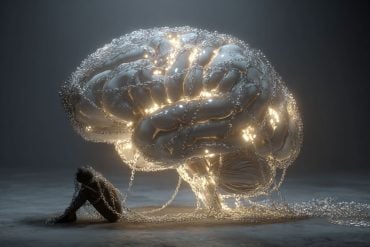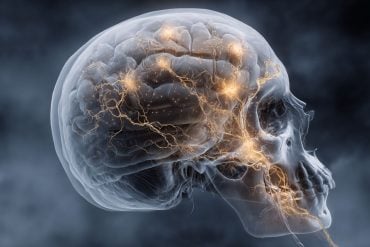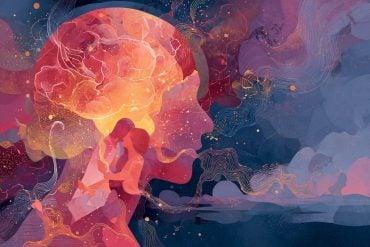Summary: Study reveals a new brain circuit for neurostimulation in pain therapy.
Source: University of Heidelberg
The motor cortex controls the voluntary movement of muscles. It remains largely unclear why its electrical or magnetic stimulation can alleviate therapy-resistant chronic pain—albeit unreliably. An interdisciplinary research group at the Medical Faculty of Heidelberg (MFHD) has now tracked down the underlying mechanisms and nerve pathways in mice.
The scientists showed that certain nerve pathways of the motor cerebral cortex are indirectly connected to the emotion centers in the brain, process both pain-related information and emotions by direct activation, and thus reduce the sensation of pain.
Consequently, the team not only defines a new brain circuit for neurostimulation in pain therapy, but also brings the brain’s own reward system into focus as a starting point for future treatments.
The results are now published in the journal Science.
The research was conducted within the framework of CRC1158 “From Nociception to Chronic Pain,” whose spokesperson is Professor Dr. Rohini Kuner, Director of the Institute of Pharmacology at the MFHD.
If chronic pain, for example resulting from nerve injury (so-called neuropathic pain), does not respond to pharmacological therapies, so-called neurostimulation can be considered. This involves placing non-invasive electrodes on the scalp and stimulating certain cerebral regions using electrical or magnetic stimuli.
“There is great need for improvement in this therapy because little is known about how stimulation works, such as where the electrodes should best be placed, which nerve pathways achieve pain relief, and how they respond to stimulation,” explained Prof. Kuner, senior author of the article.
“Our findings make an important contribution in explaining the neurobiological basis of brain stimulation for chronic pain and developing it further as a therapeutic procedure.”
For their work, the researchers focused on the so-called motor cortex, the part of the cerebral cortex whose stimulation has so far had the greatest effect on chronic pain. It consists of several layers that are interconnected in different ways.
The first author Zheng Gan, a scientist in Rohini Kuner’s research group, and the team specifically switched on or off the various nerve pathways in this area of the brain using genetic modifications in living mice to test their influence on pain perception. “We have shown that indeed the motor cortex, more specifically the M1 region, is the key to pain relief. This was previously suspected, but had not been directly demonstrated,” Zheng says.

The team also identified two nerve cell circuits in the two lowest layers of the M1 cortex that are centrally responsible for pain relief: In the penultimate layer 5, these are the nerve cells that influence pain perception and processing via the spinal cord. Although their activation reduced the hypersensitivity to sensory stimuli, it could not completely eliminate ongoing pain. Only when certain nerve cells of the lowest layer 6 were activated did complete relief occur.
“We were surprised to find that these neural pathways are indirectly connected to the reward system in deeper brain areas that process emotions,” Prof. Kuner said.
“They probably influence the emotional component of the pain experience. This connection was previously unknown and raises interesting new questions.”
Recommendations for the use of brain stimulation in chronic pain can be derived from the results: For it to have an optimal effect, it must reach the two lower layers of the motor cortex. Furthermore, based on this work, parameters for therapy control can now be developed and thus the method can be refined.
About this pain research news
Author: Press Office
Source: University of Heidelberg
Contact: Press Office – University of Heidelberg
Image: The image is credited to the University of Heidelberg
Original Research: Closed access.
“Layer-specific pain relief pathways originating from primary motor cortex” by Zheng Gan et al. Science
Abstract
Layer-specific pain relief pathways originating from primary motor cortex
The primary motor cortex (M1) is involved in the control of voluntary movements and is extensively mapped in this capacity. Although the M1 is implicated in modulation of pain, the underlying circuitry and causal underpinnings remain elusive.
We unexpectedly unraveled a connection from the M1 to the nucleus accumbens reward circuitry through a M1 layer 6-mediodorsal thalamus pathway, which specifically suppresses negative emotional valence and associated coping behaviors in neuropathic pain.
By contrast, layer 5 M1 neurons connect with specific cell populations in zona incerta and periaqueductal gray to suppress sensory hypersensitivity without altering pain affect.
Thus, the M1 employs distinct, layer-specific pathways to attune sensory and aversive-emotional components of neuropathic pain, which can be exploited for purposes of pain relief.







